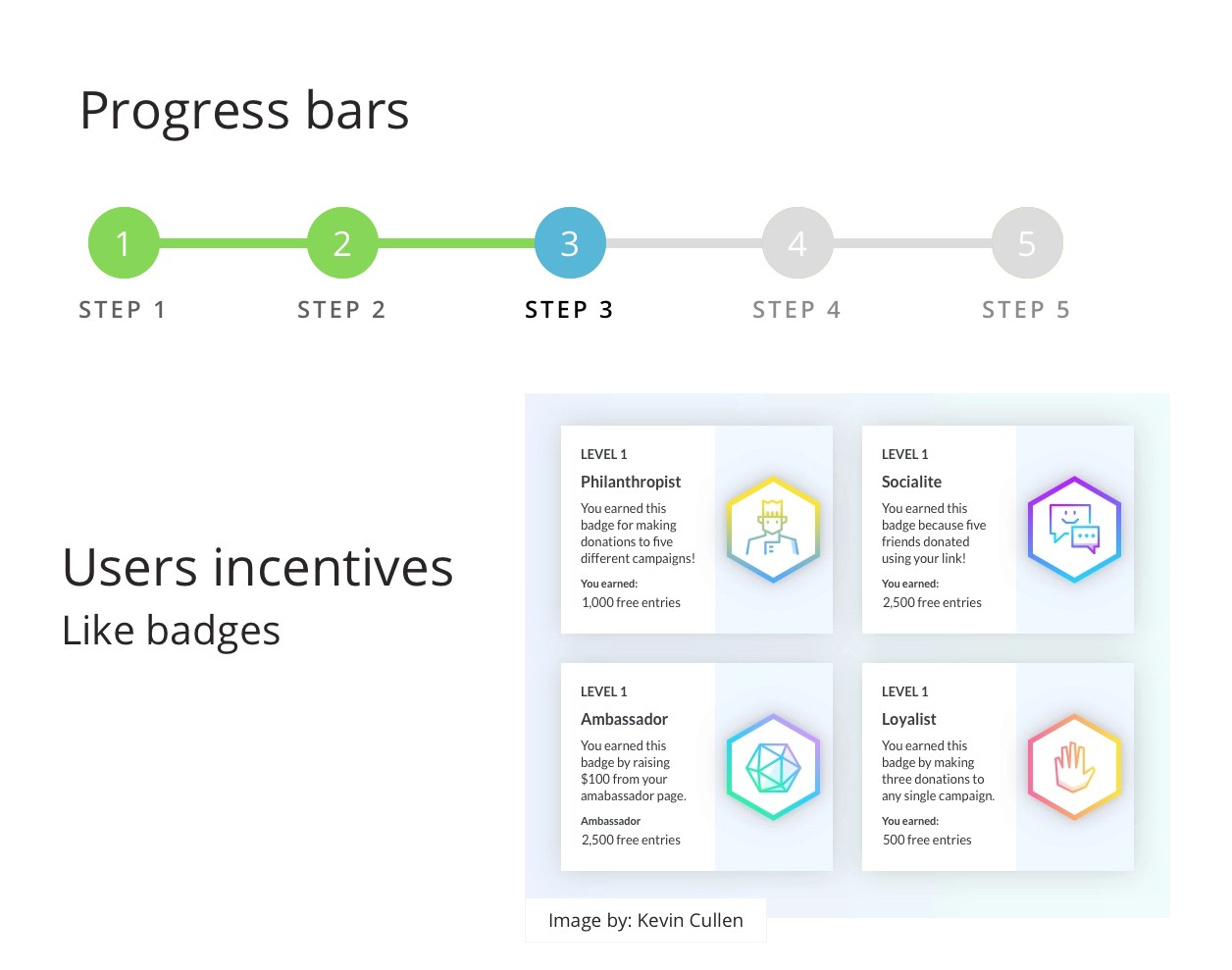The Zeigarnik Effect: Why We Can’t Forget the Unfinished
Ever started a puzzle, only to find yourself obsessively thinking about it until it’s done? That’s the Zeigarnik Effect at play, whispering in your ear, “Finish what you started.” Let’s dive into this intriguing phenomenon that keeps our tasks, and even our favorite TV shows, hauntingly unforgettable.
Unlocking the Zeigarnik Effect
Imagine you’re a waiter juggling orders like a circus performer. According to Russian psychologist Bluma Zeigarnik, who back in 1927 turned her keen eye on waiters, those unfinished orders stick in your mind like catchy tunes, only to fade away once the task is complete. This isn’t just trivia; it’s a peek into how our brains cling to the undone, pushing us towards completion.
Why Our Brains Love a Cliffhanger
Ever binge-watched a series, cursing and cherishing those cliffhangers that keep you clicking “Next Episode”? Thank the Zeigarnik Effect for your sleepless nights. It turns out our minds can’t help but linger on these unresolved mysteries, driving us to seek closure. It’s like our brain refuses to rest until it knows who left those footprints in the fictional snow.
From TV Screens to Design Dreams
But here’s the kicker: this effect isn’t just for scriptwriters. It’s gold dust for designers and web developers too. Picture LinkedIn, gently nudging you to complete your profile with the persistence of a persistent aunt. That’s the Zeigarnik Effect in action, transforming the mundane task of filling out a profile into an itch that just has to be scratched.
Harnessing the Power of Unfinished Business
In the digital playground between DIY platforms and the bespoke palaces built by full custom development agencies, the Zeigarnik Effect is our secret sauce. It’s about crafting user experiences that stick, gently guiding users down the path of completion with the finesse of a digital pied piper.
So, next time you’re designing a user journey, remember the Zeigarnik Effect. Ask yourself, how can you make your site’s visitors feel like they’ve just got one more piece of the puzzle to place? It’s not about manipulation; it’s about motivation, making every click and every task a step towards a satisfying conclusion.
Remember, in the world of web development, sometimes the most powerful tools are not code or design but understanding the quirks of the human mind. How will you use the Zeigarnik Effect to keep your users engaged and moving forward?
Examples:

Psychology of Design:
What is Hick’s Law? (2/7)
What is Miller’s Law? (3/7)
What is Jakob’s Law? (4/7)
What is the “Serial-position effect”? (5/7)
What is the Zeigarnik Effect? (6/7)
What is the Halo effect? (7/7)
Contact us
Give us a call: +44 (0) 1892249038
Email: [email protected]
Book a Zoom call: https://calendly.com/philippe-ths/30min
Or fill out our contact form and we’ll get back to you within 1 – 2 business days.
